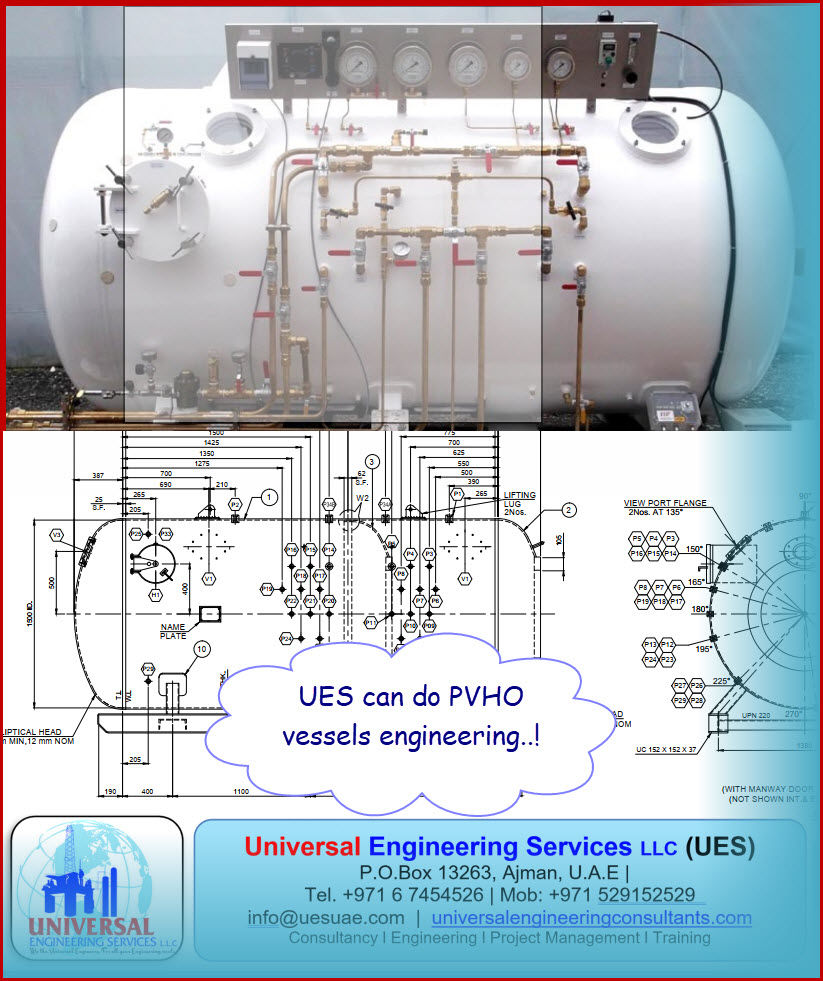Forms of Corrosion
- uesuae
- Jul 12, 2020
- 4 min read
Corrosion is a natural process that converts a refined metal into a more chemically stable form such as oxide, hydroxide, or sulfide. It is the gradual destruction of materials (usually a metal) by chemical and/or electrochemical reaction with their environment.
Various types of corrosions are:
Uniform Corrosion
Uniform Corrosion is the most common form of corrosion. It is normally characterized by a chemical or electrochemical reaction which proceeds uniformly over the entire exposed surface or over a large area. The metal becomes thinner and eventually fails. Uniform Corrosion, or general overall corrosion, represents the greatest destruction of metal on a tonnage basis. This form of corrosion, however, is not of too great concern from the technical standpoint, because the life of equipment can be accurately estimated on the basis of comparatively simple tests.

Prevention of Uniform Corrosion
Inhibitors
Selection of Proper material
Protective Coatings
Cathodic Protection
Galvanic Corrosion
These type of corrosion happens when an alloy with different metals having different corrosion potential are electrically shorted. The corrosion rate of the alloy with lower corrosion potential will be accelerated by that of higher corrosion potential. The less resistant metal becomes anodic and the more resistant metal cathodic. Usually the- cathode or cathodic metal corrodes very little or not at all in this type of couple. Galvanic Corossion is noted by Grooving of the interface, Noble metal deposits and Graphite lining or bricks.

Prevention of Galvanic Corrosion
Selecting materials with similar corrosion potentials.
Breaking the electrical connection by insulating the two metals from each other.
Applying coatings to both materials. ...
Separating the two materials by inserting a suitably sized spacer
Crevice Corrosion
Crevice corrosion is also a localized form of corrosion and usually results from a stagnant microenvironment in which there is a difference in the concentration of ions between two areas of a metal. Crevice corrosion occurs in shielded areas such as those under washers, bolt heads, gaskets, etc. where oxygen is restricted. These smaller areas allow for a corrosive agent to enter but do not allow enough circulation within, depleting the oxygen content, which prevents re-passivation. As a stagnant solution builds, pH shifts away from neutral. This growing imbalance between the crevice (microenvironment) and the external surface (bulk environment) contributes to higher rates of corrosion. Crevice corrosion can often occur at lower temperatures than pitting. Proper joint design helps to minimize crevice corrosion.
Prevention of Crevice Corrosion
Avoid riveting, go in for welding
Design for proper drainage
For stainless steels, high Mo content (316,317 and Haste alloys) reduces crevice corrosion
Remove the deposits
Use solid non-absorbent gaskets
Pitting Corrosion
Pitting is one of the most destructive types of corrosion, as it can be hard to predict, detect and characterize. Pitting is a localized form of corrosion, in which either a local anodic point, or more commonly a cathodic point, forms a small corrosion cell with the surrounding normal surface. Once a pit has initiated, it grows into a “hole” or “cavity” that takes on one of a variety of different shapes. Pits typically penetrate from the surface downward in a vertical direction. Pitting corrosion can be caused by a local break or damage to the protective oxide film or a protective coating; it can also be caused by non-uniformities in the metal structure itself. Pitting is dangerous because it can lead to failure of the structure with a relatively low overall loss of metal.
Prevention of Pitting Corrosion
Eliminate the specific ions responsible for pitting (say halides in the case of SS)
Choose alloy resistant to pitting. In stainless steels, high Mo promotes resistance (haste alloys, duplex stainless steels)
Mild steels serve better in a chloride environment than SS if a certain amount of uniform corrosion is tolerated. Monel has more resistance in this environment.
Intergranular Corrosion
An examination of the microstructure of a metal reveals the grains that form during solidification of the alloy, as well as the grain boundaries between them. Intergranular corrosion can be caused by impurities present at these grain boundaries or by the depletion or enrichment of an alloying element at the grain boundaries. Intergranular corrosion occurs along or adjacent to these grains, seriously affecting the mechanical properties of the metal while the bulk of the metal remain intact.
Prevention of Intergranular Corrosion
Choose low carbon and extra-low carbon stainless steels (such SS are 3041,3161,3171)
Choose Ti / Ta and Nb containing alloys (321,347)
Provide a solutions treatment to re-dissolve the carbides (1050°C, 30 m)
Selective leaching
Selective leaching is the removal of an element from an alloy by corrosion. The most common example is dezincification, the selective removal of zinc in brasses. Many alloys are susceptible to selective leaching under certain conditions.
Prevention of Selective leaching
Select metals/alloys that are more resistant to dealloying
Control the environment to minimize the selective leaching
Use sacrificial anode cathodic protection or impressed current cathodic protection
Erosion Corrosion
Erosion Corrosion on a metal because of relative movement between a corrosive fluid and the metal surface. Generally, this movement is quite rapid, and mechanical wear effects or abrasion are involved. Metal is removed from the surface as dissolved ions, or it forms solid corrosion products which are mechanically swept from the metal surface. Sometimes, movement of the environment decreases corrosion, particularly when localized attack occurs under stagnant conditions, but this is not erosion corrosion because deterioration is not increased.









Comments